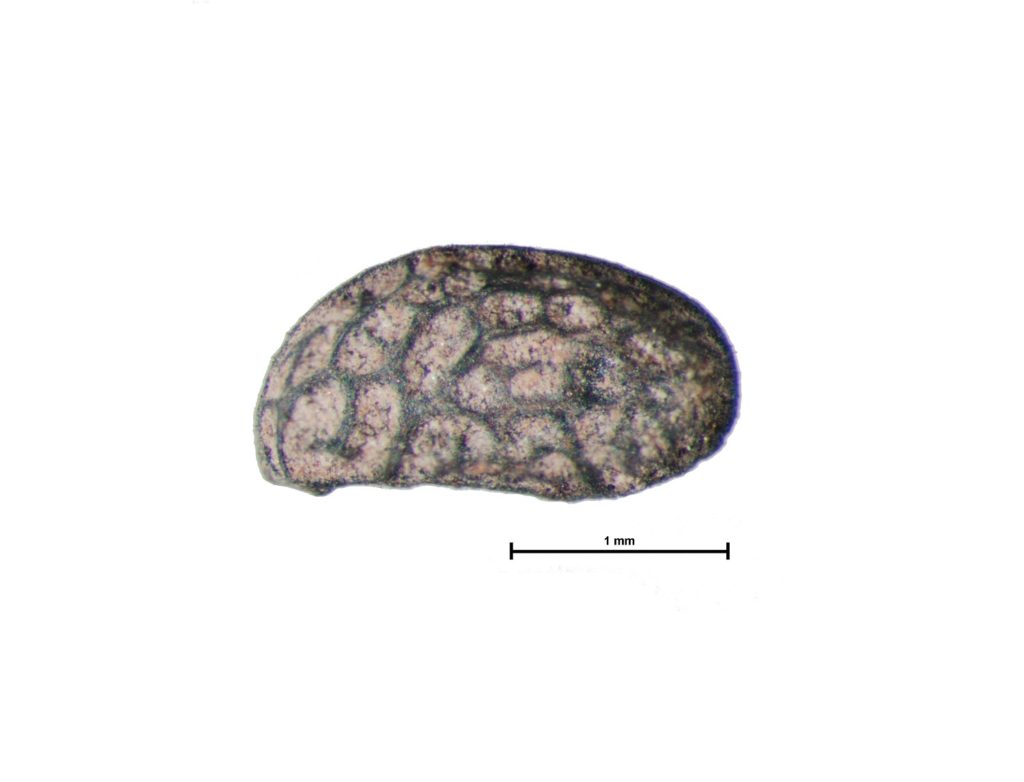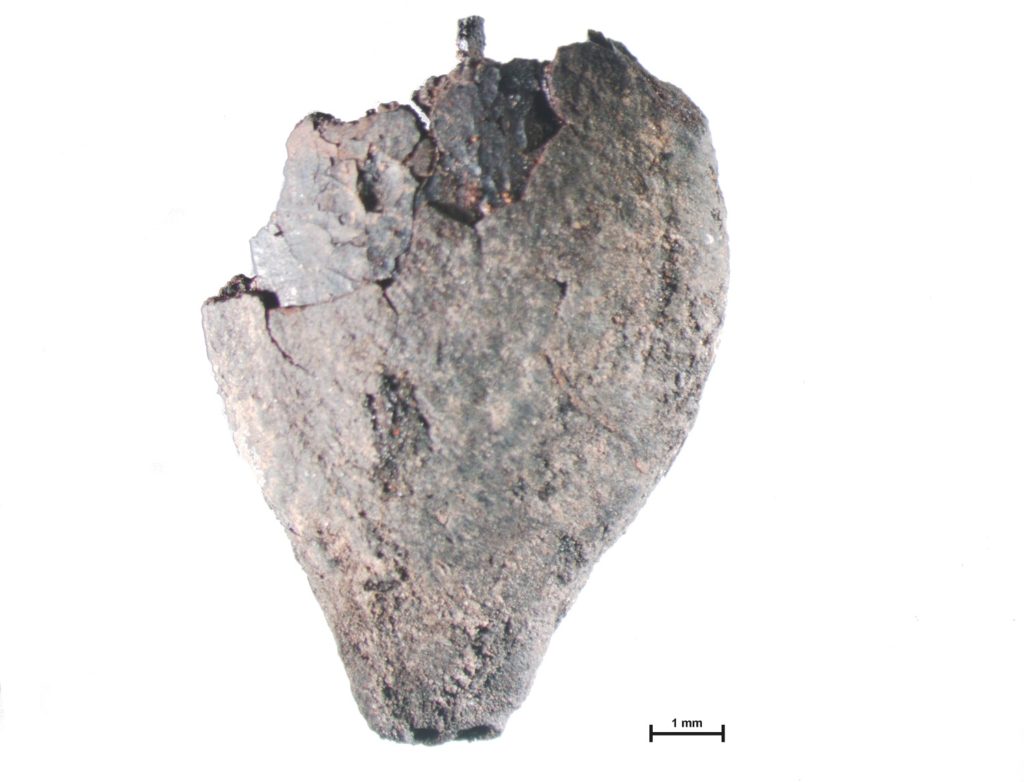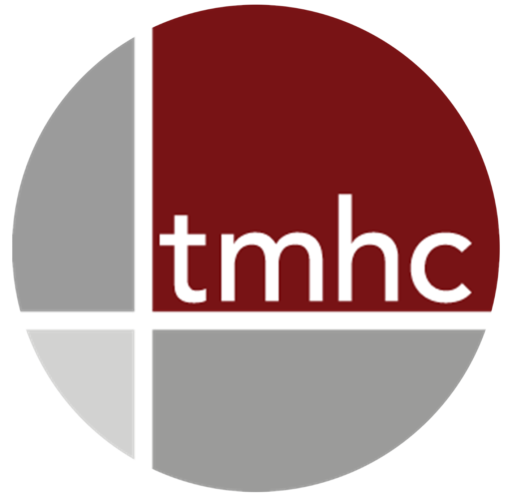TMHC's archaeobotanist, Breanne Reibl, can provide a suite of archaeobotanical analyses (floral or plant studies) for research projects and in compliance with the 2011 Standards and Guidelines for Consulting Archaeologists. These analyses help:
- Reconstruct details about past environments and resources used by site occupants;
- Determine seasonality of site occupation;
- Establish the economic importance of plant species;
- Shed light on the role of plants in the diet; and,
- Address questions about plant sourcing and acquisition.
TMHC offers high quality and efficient archaeobotanical analysis. Breanne's expansive knowledge of plants and seeds common to Ontario, CRM experience, plus access to an extensive reference collection, allows for completion of a thorough analysis of floral, including wood and charcoal, samples in a timely manner.
TMHC's archaeobotanical services can also be used to supplement academic studies involving floral collections and soil samples.
TMHC also provides flotation services, independent of or in conjunction with our archaeobotanical analyses.
Archaeobotanical Technologies
TMHC's archaeobotanical analyses use a Zeiss stereomicroscope to assist in the identification of preserved plant remains. TMHC also has access to a state-of-the-art on-site flotation machine able to process large volumes of soil samples in a relatively short period of time.



Interested in TMHC's archaeobotanical services?
Contact info@tmhc.ca to request a quote
